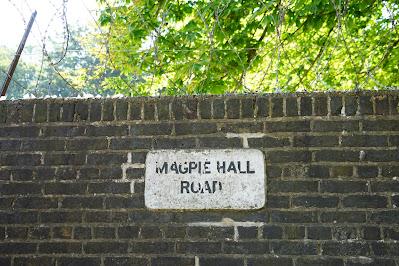
These ghost signs are rather unusual: they are not signs for businesses but for bus stops. They also have rather more barbed wire and broken glass above them than most examples, because they are on a wall of Chatham Dockyard.
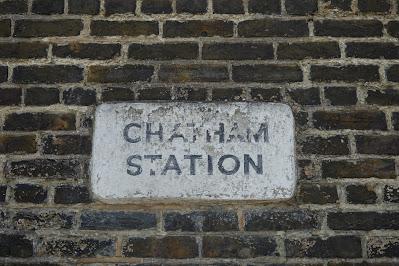
A plaque below 'Chatham Station' explains that the signs, which have been restored, date from the days when the dockyard employed thousands of people. Many traveled to and from work by buses which stopped along Dock Road. The routes extended as far as Gravesend, Rochester, and Maidstone as well as more local destinations.
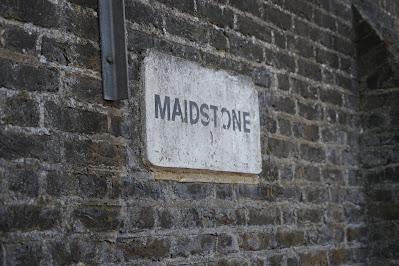
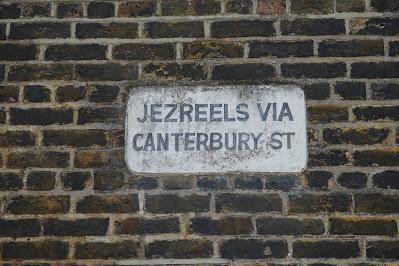
James Roland White was a soldier in the 16th Regiment of Foot, based in Chatham. He became interested in Joanna Southcott's teachings in the late 1870s and joined a local sect devoted to them. He soon became its leader, changed his name to James Jershom Jezreel, and wrote a manuscript, the Flying Roll. In 1881, he left the army and began building a new headquarters for the sect, which had grown in numbers and means. His followers - who included people in North America, Australia and New Zealand - gave their money to the cause; the Chatham community had its own businesses including a bakery, grocery, joinery and printing workshop, so there was money available and the plans were certainly ambitious. The building was to be a steel and concrete construction 124 feet on each side and 120 feet high (a compromise between his desire for a perfect cube and the architects' attention to practical constraints). In the basement would be printing presses; an assembly room or amphitheater would hold 5,000 people, with a round stage lifted by hydraulic power on which the preachers and choir would rotate 30 feet above the congregation; and the roof would be a giant glass dome. Around it would be fine gardens, as well as the shops and businesses run by the community.
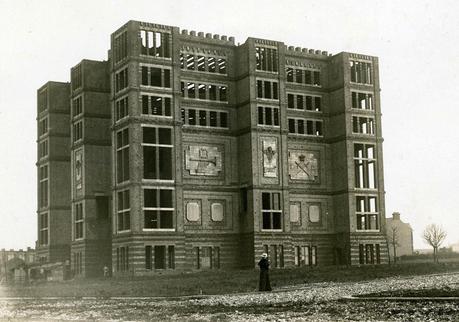
Jezreel's Tower in the 1920s
Unfortunately, the leader of this teetotal sect was himself a heavy drinker and died in 1885. His wife continued the building plans, although costs had become a significant issue by the time she died suddenly of peritonitis three years later. Work stopped with her death, and the building was never completed: it had walls, the basement and ground floor, as well as girders ready to support the meeting hall interior, but no roof. Nonetheless, some followers continued to occupy the building even after its sale in 1893; they were finally evicted in 1905 after falling behind with the rent. An attempt at that point to demolish the unfinished building failed, and it became a local landmark (even appearing on tourist posters) but grew increasingly derelict. Nonetheless, it survived for over half a century more before it was finally successfully demolished - in a process which took over a year.
Image credit: Jezreel's Tower in the 1920s by Cunningham, CC BY-SA 3.0 <http://creativecommons.org/licenses/by-sa/3.0/>, via Wikimedia Commons

